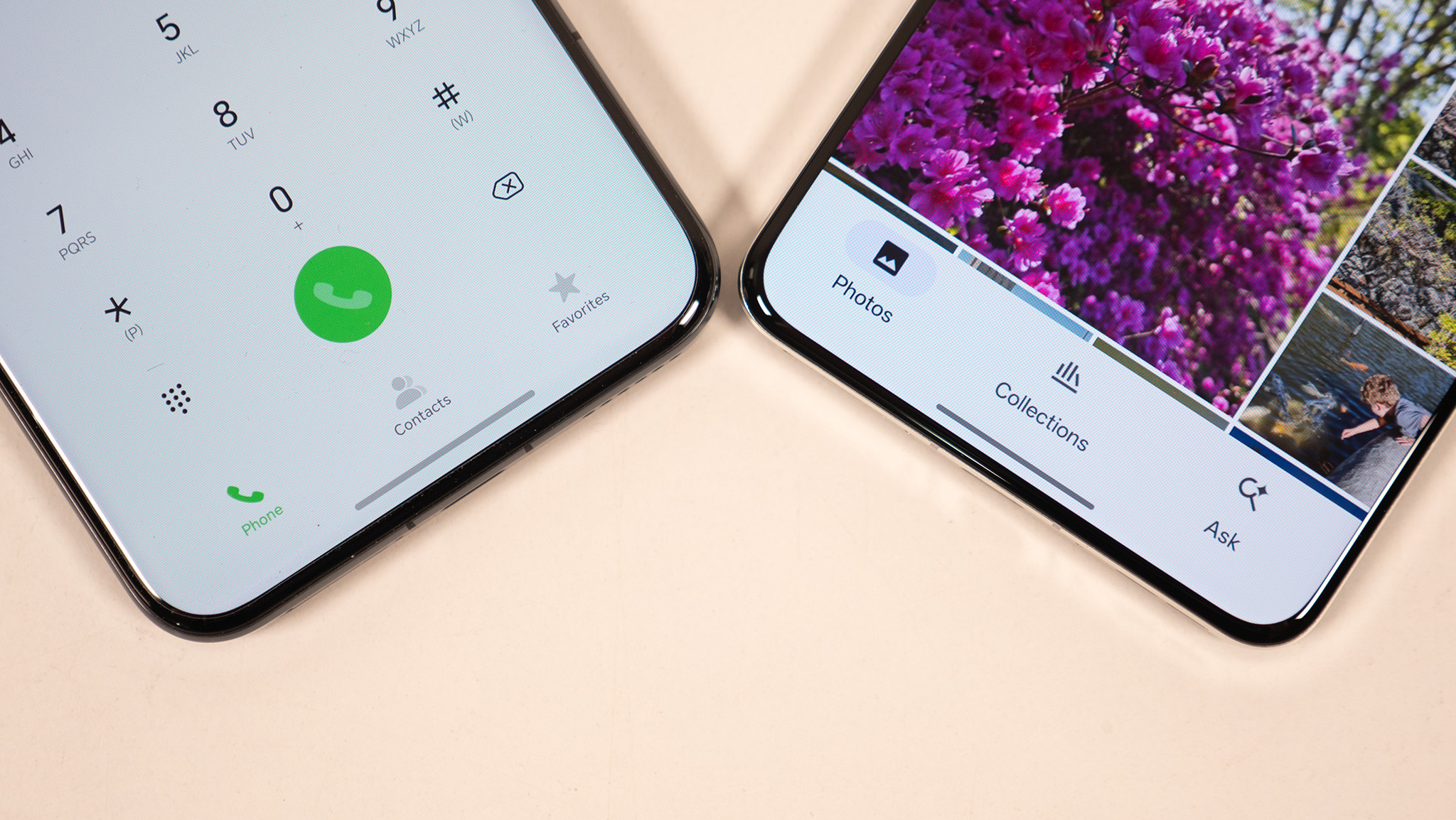Best portable high-capacity power banks, including 50,000mAh+ chargers
Power multiple devices at once at high speeds with these amazing power banks.
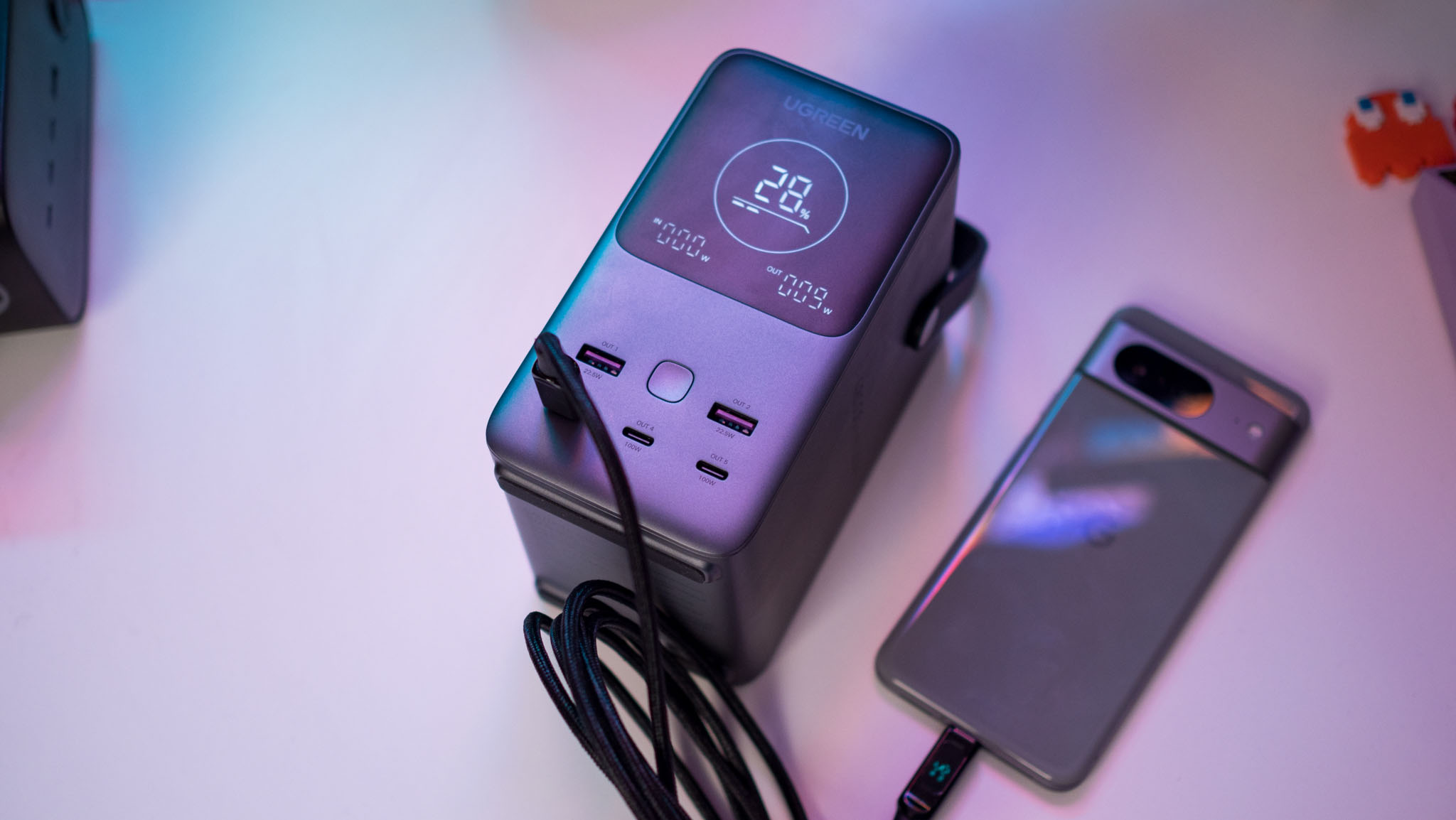
At a glance
1. Best overall
2. Best runner up
3. Best wireless bank
4. Best value
5. Best style
6. Most powerful power station
7. Best for camping
How to choose
Plugging into a socket isn't always an option. Regardless of whether you're traveling, working out, or somehow in a rut, high-capacity power banks can be lifesavers. I've battled through a house fire thanks to a wonderful battery pack from Basues, which is why I highly encourage everyone to grab one or two such power banks and keep them charged for emergencies. Anything above 20,000mAh is a good place to start.
Modern high-capacity power banks are also quite portable. It definitely won't be as slim as regular best portable chargers, but most are compact enough to fit snugly in a handbag or the pocket of your cargo shorts. You should really check your needs first and the type of devices you'll need to charge. Anker makes some of the best high-capacity power banks and the Anker Prime 27,650mAh Power Bank has been our favorite for a while, for good reason. There are plenty more options to choose from, depending on what level of features and portability you need.
At a glance
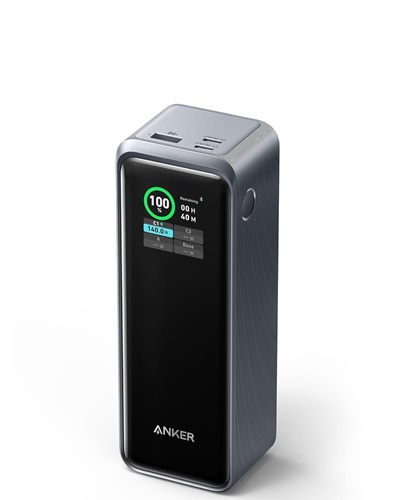
Best overall
Compact doesn't usually go hand-in-hand with high capacity, but Anker is proving conventions wrong with this portable 27,650mAh power bank that can charge at up to 250W.
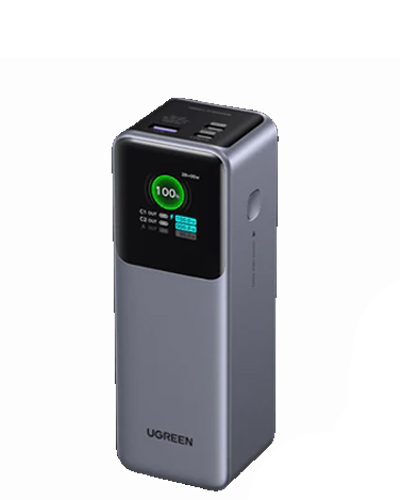
Best runner up
The UGREEN Nexode 25000mAh offers similar features to Anker's Prime power banks, but at a lower price. It can deliver up to 140W over a single USB-C port, and the TFT display shows real-time stats of charging speed and remaining charge.
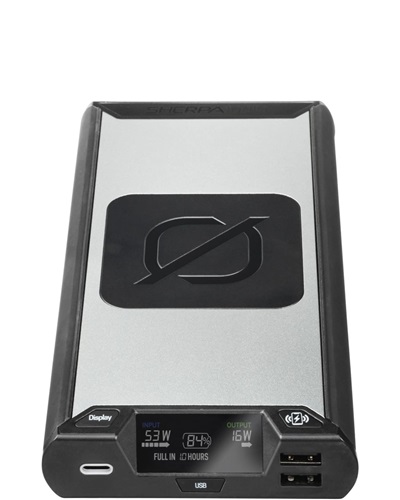
Best wireless bank
Whether you're charging a laptop, smartphone, camera, or earbuds, this charger is guaranteed to give you the amps you need with the necessary output to get the job done.
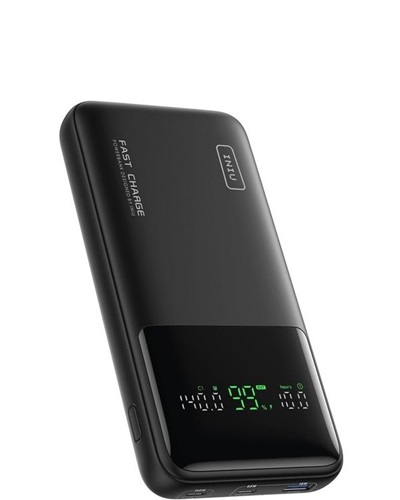
Best value
Power banks are nice until you have to charge them back up in a pinch. This one has enough capacity to last you for days, no matter what you charge (or how often).
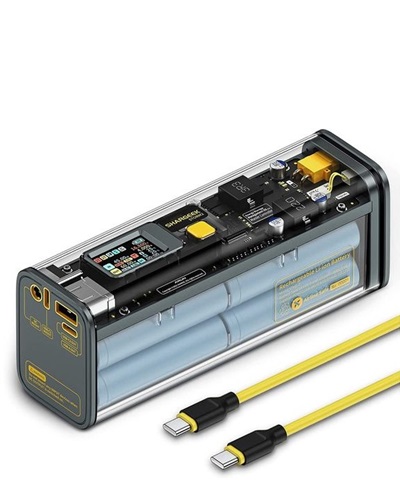
Best style
The Shargeek 100 or Storm 2 as it was previously called, emits an aura of coolness that most power banks can only dream of. Plus, its 25,600mAh capacity and 100W charging mean you can power even a laptop for hours.
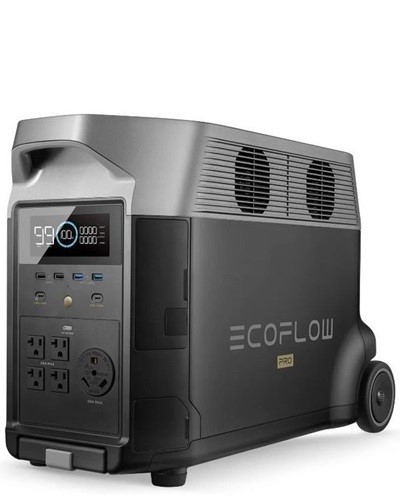
Most powerful station
It'll cost you more than the rest, but you'll know that you're getting the best of the best with the EcoFlow Delta Pro, which includes every outlet and data point you'd ever need.
Load the next product ↓

Best for camping
It doesn't charge as fast as the rest of the banks here, but thanks to the generous solar panels up top, you never have to plug it into an outlet. What's better than free energy?
Best overall
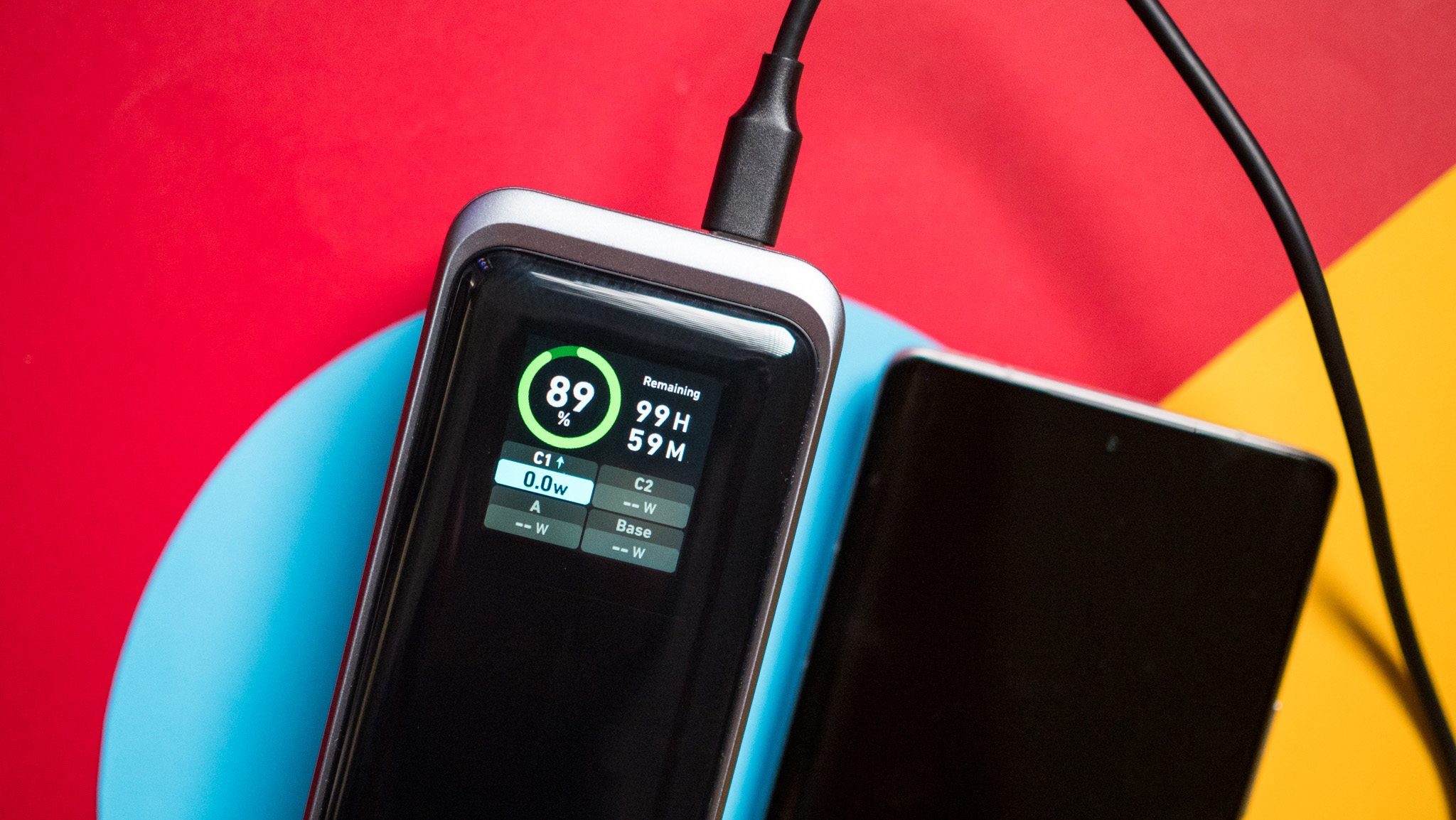
1. Anker Prime 27,650mAh Power Bank (250W)
Our expert review:
Specifications
Reasons to buy
Reasons to avoid
Anker is one of the biggest names is the charging accessory business, and it makes some of the best power banks today. The Anker Prime 27,650mAh Power Bank (250W) is a significant upgrade from previous generations, with 27,650mAh in a very compact package. But don't mistake its small size for small power. It can pump out up to 250W of juice and recharge at a whopping 170W using two USB-C cables and the right adapters. This means this power bank can charge phones, tablets, and power-hungry laptops without any trouble.
When using a single USB-C port, the Prime 27,650mAh bank can deliver up to 140W of power using the PD 3.1 standard. According to Anker, this is fast enough to charge a 16-inch MacBook Pro up to 50% in just 28 minutes. If you have a Samsung device, this power bank also supports Samsung Super Fast Charging 2.0. One of the unique features of this power bank is that it lets you monitor the charging status via an app, thanks to built-in Bluetooth. This way, you don't have to keep coming to the bank to see if it's fully charged. You can even locate it via sound alerts.
There's an optional charging base for the Anker Prime power bank that lets you charge the bank wirelessly up to 100W when docked. The charging base also gives you two additional USB-C ports and a USB-A port.
Best runner up
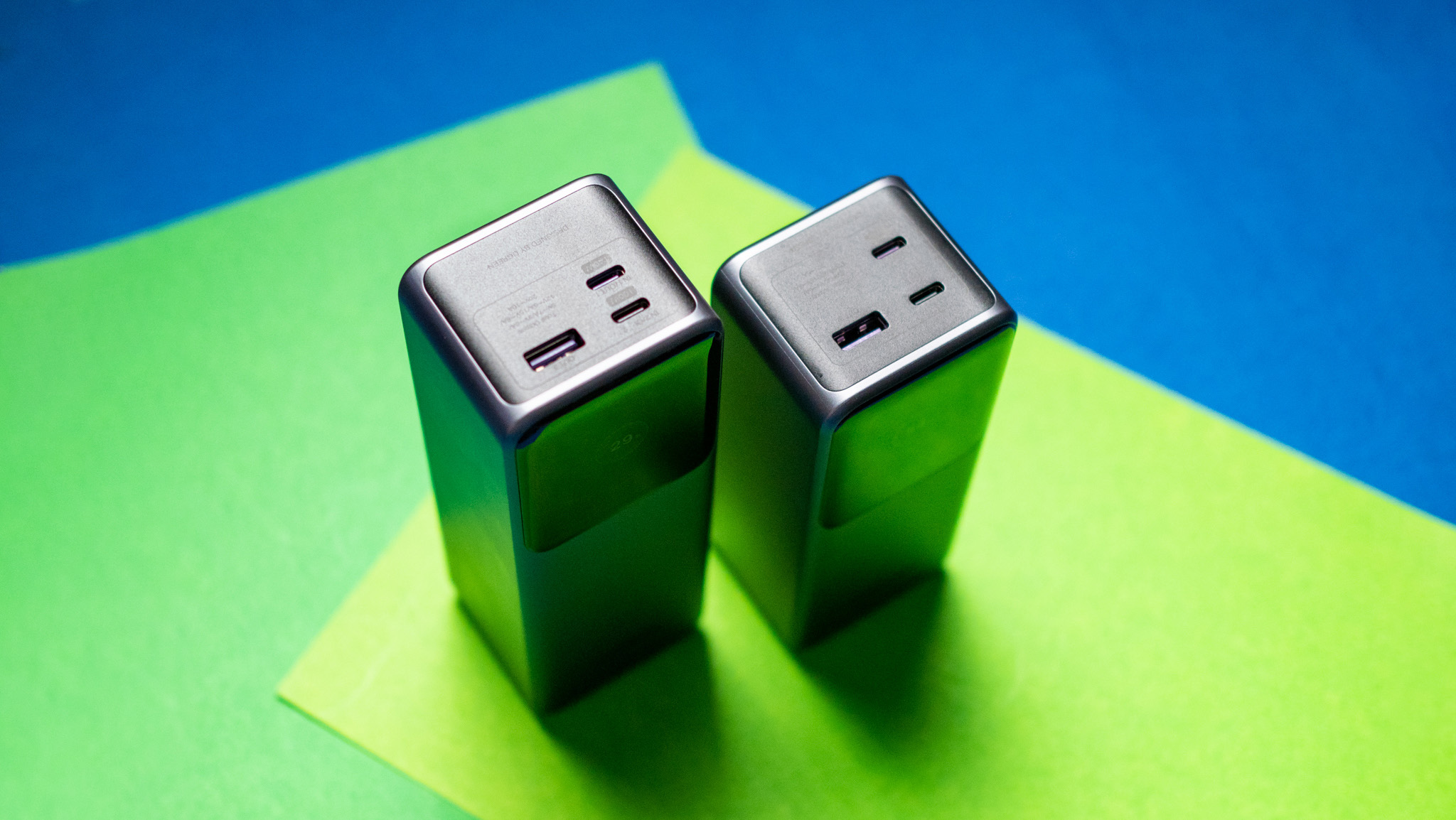
Specifications
Reasons to buy
Reasons to avoid
UGREEN makes some of the best accessories in the market, and its latest Nexode 25000mAh Power Bank offers incredible performance and value. The design is much more portable compared to the previous version, and you get a TFT display which shows you charging and battery details in real-time. It has the ability to deliver 140W of power over USB-C which is handy to charge laptops like the MacBook Pro. According to the company, the power bank can top up an iPhone 15 Pro Max, Galaxy S24 Ultra, or a 16-inch MacBook Pro up to 50% in under 30 minutes. It can charge a M4 iPad Pro up to 50% in 48 minutes.
There's a second USB-C port on the UGREEN Nexode power bank that can also deliver 100W, giving you a total output of 200W. The build quality is excellent, it's easy to travel with thanks to the column-like design, and it weighs a reasonable 609g. It is airline-approved which means you should have no trouble flying with it. The base has an anti-slip coating, so it won't slide off a desk or an airplane tray table when you're using it. The only real downside is that the internal battery can only charge up to 65W, which is slow considering the battery size.
Best wireless bank
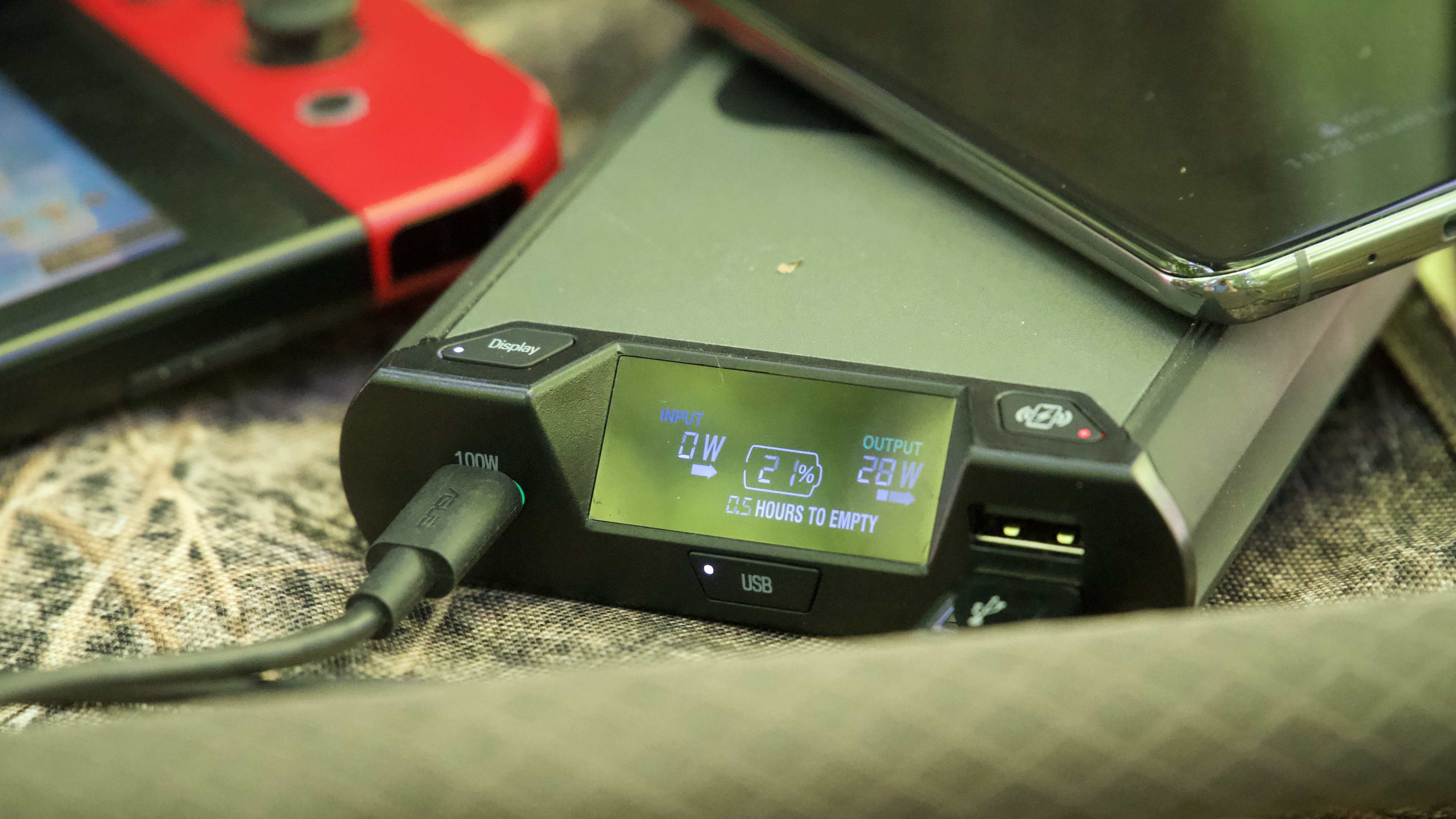
Specifications
Reasons to buy
Reasons to avoid
When charging multiple devices quickly with a power bank, you don't need many ports, just a few that charge at decent speeds. If you need a big, beefy battery that you can still fly with, the Goal Zero Sherpa 100PD is just under the FAA's 100WHr limit so that you can take it on flights. It's just what you need to keep a laptop or camera topped off while working on the go.
The main port here is a 100W USB-C Power Delivery port, which will give your laptop a quick recharge and recharge faster once you reach your destination and plug it back in. You also get two USB-A ports for smaller peripherals and a 15W Qi wireless charging pad on the bank's top. The Type-A ports don't deliver blazing-fast speeds like the Type-C port, but they're suitable for versatility.
Goal Zero is a brand you might not have heard of before since it tends to deal with solar and portable power solutions. However, because the company created it for outdoor tech, you can rest assured this is a battery pack that will not leave you hanging.
Best value
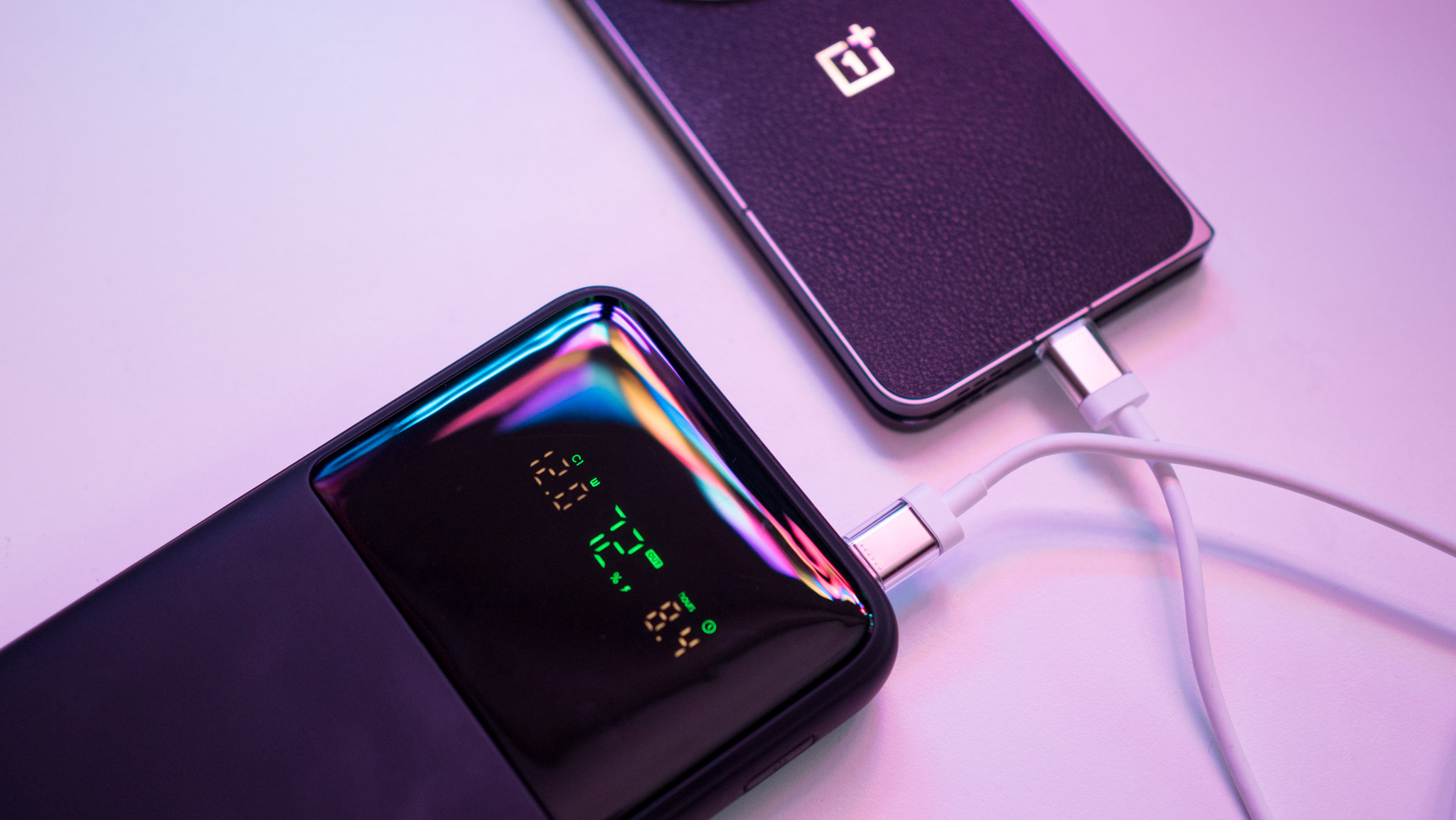
Specifications
Reasons to buy
Reasons to avoid
Let's say you want an overwhelmingly huge battery pack without concern about its price or size. If that's your situation, the INIU PowerNova 27,000mAh 140W Power Bank hits all the right notes. The 27,000mAh capacity here is enormous, and while you may not think you need that much battery, it comes in handy for long road trips, hurricane season, and other situations in which you're without access to power for a prolonged period. With such a big battery, you could charge a Galaxy S24 a little over six times!
You have two USB-C PD 3.1 ports and one USB-A port for phones, tablets, and other mobile gadgets. INIU's battery pack is also an excellent choice for laptops, as the first USB-C port can kick out the max 140W speed on single-port charging, with the other Type-C port delivering 45W and the USB-A port pushing out 18W. This goes down to 100W with the other ports in use. The brand includes a carrying pouch and a cable, although it's not a 60W or 100W e-marked cable, so it can't handle the maximum power promised.
Best style
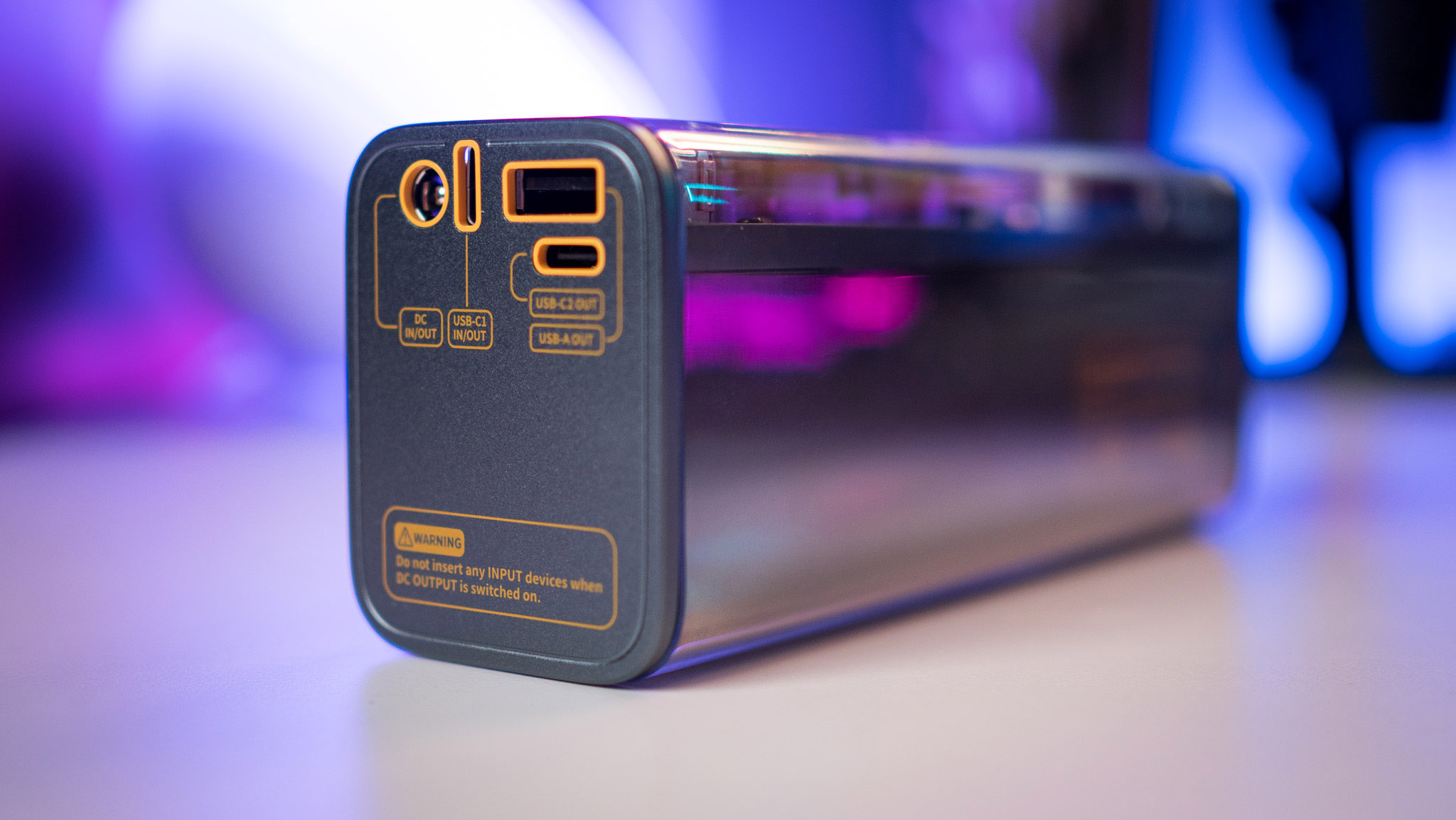
5. Shargeek 100 (Formerly Storm 2)
Our expert review:
Specifications
Reasons to buy
Reasons to avoid
Sharge has now renamed the Storm 2 to Shargeek 100, so don't be confused if you don't spot the 'Storm 2' branding in some places. Our editor, Harish Jonnalagadda, tests many power banks, and two of his favorites are the Shargeek Storm 2 and Storm 2 Slim. The Shargeek 100 has four ports, including a DC outlet with a variable voltage you can control via the built-in screen.
The screen also shows ports in use, battery charge level, and thermals. As Harish noted in his review, 25,600mAh is just under the 27,000mAh maximum allowed on carry-on luggage, and the Shargeek 100's 579g weight gives it a pretty solid size-to-capacity ratio. It can deliver 100W in or out via the USB-C port with supports for PD, PPS, and QC4 charging protocols. There are a total of two USB-C ports, a USB-A port, and a DC-in/out port for charging at up to 75W.
Perhaps the most remarkable thing about the Shargeek 100, aside from its powerful wattage, is its transparent and distinct look, something techies will find pretty distinct from power banks' usual look.
Most powerful power station
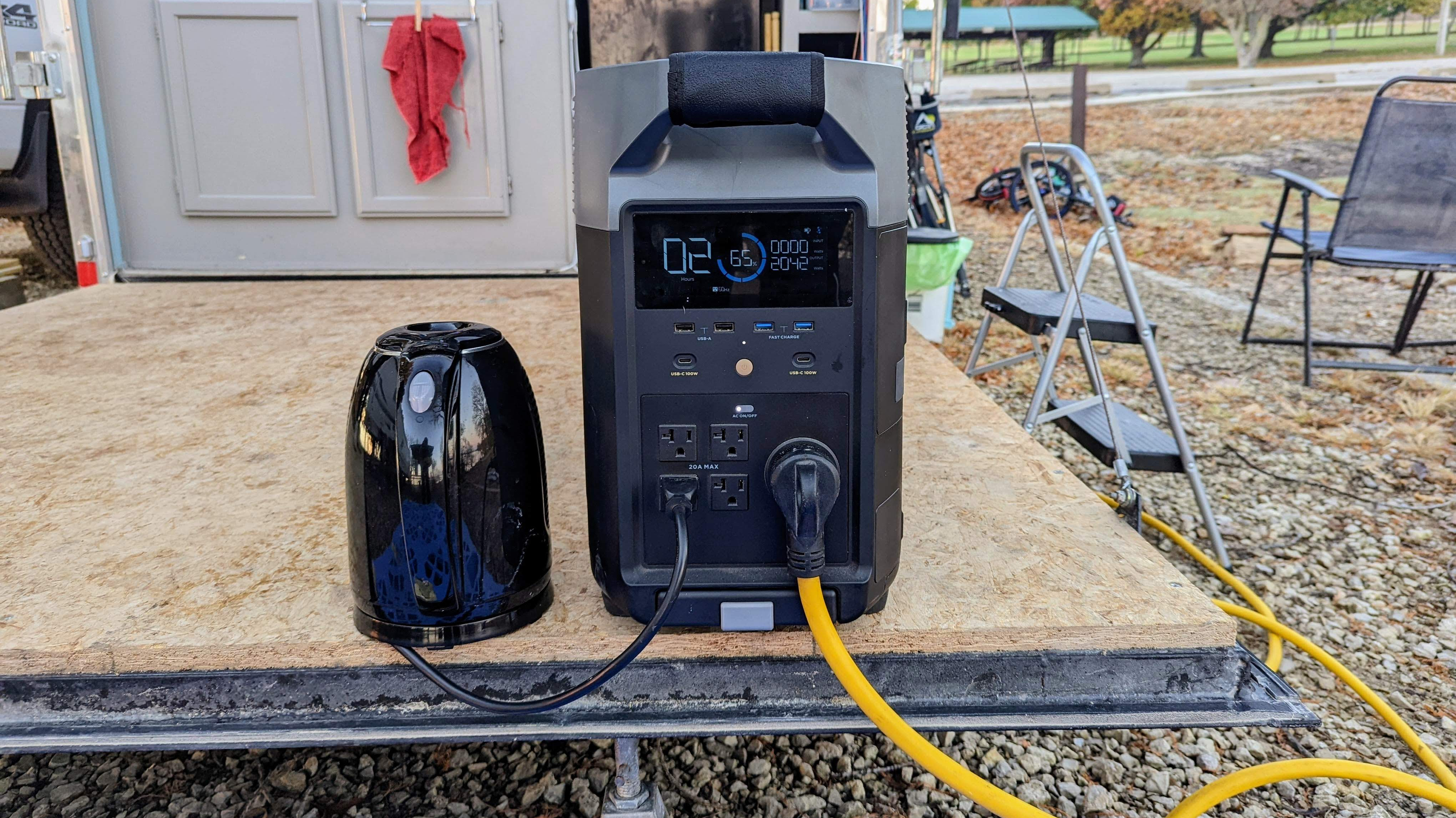
Specifications
Reasons to buy
Reasons to avoid
There are battery packs in a league of their own, and there's the EcoFlow Delta Pro. This is less of a battery pack and more of a lunch box-sized emergency power station. You get plenty of ports and surge output up to 7,200W, which powers more substantial things through the AC outlets and car socket for a day or two.
While it is on the expensive side and a bit cumbersome, after reviewing the EcoFlow Delta Pro, it became clear it's one of the best options for having a reliable power source during power outages, emergencies, and long camping treks.
As an added point of comfort, the power station has an ample LED room light to ensure you are never left in the dark, checking all the boxes for why everyone should own a portable power station. Not everyone needs to spend this much money on a battery pack, but if you want one of the most powerful options out there and have the money to afford it, this is it, chief.
Best for camping
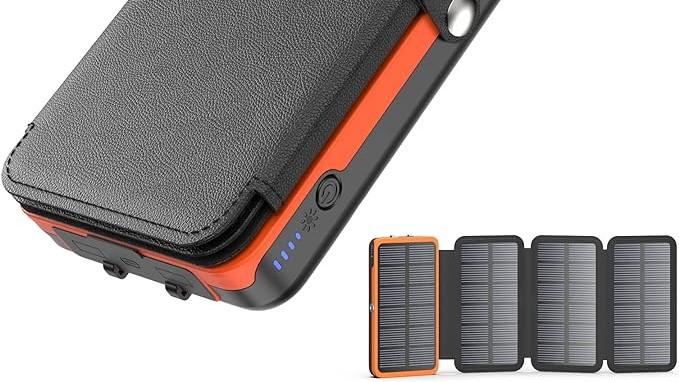
7. Hiluckey Solar Charger Bank 27,000mAh
Our expert review:
Specifications
Reasons to buy
Reasons to avoid
One of the best uses for a power bank is as a power source while camping, hiking, or other outdoor adventures. If this is the primary scenario where you'll use your new power bank, we recommend checking out the Hiluckey 27,000mAh Power Bank.
One of the best features of this battery pack for people who spend a lot of time outdoors is the solar panels on the top that allow it to recharge using the sun. Solar recharging isn't the fastest, but it is nice to have. If you need to recharge the Hiluckey more quickly, you do so via USB-C. This bank has an 18W high-speed USB-C input/output port and four solar panels that generate up to 6W of power.
The power bank also has a built-in LED flashlight to help you see at night, and its 27,000mAh capacity should provide enough battery for most weekend adventures.
How to choose
Get the right power bank without unnecessary bulk
Why you can trust Android Central
You'll be happy no matter which high-capacity battery pack you choose from this list, but if you want a portable power bank that offers high-power output and isn't going to be a beast to carry around, the Anker Prime 27,650mAh Power Bank (250W) is the way to go. It allows you to charge three devices simultaneously, comes with a high-quality cable, and has a helpful display showing the battery status. While this power bank isn't cheap, it offers impressive capabilities that will likely handle your mobile power for years to come.
Coming in at a close second place would be the UGREEN Nexode 25,000mAh power bank. It has very similar charging features as the Anker, but costs lesser. If you are used to charging your accessories wirelessly, the Goal Zero Sherpa 100 PD is a great choice to consider for wireless charging. It's also rugged and has a display to show you charging stats.
If you're on a tight budget but need the large capacity, the INIU PowerNova 27,000mAh 140W is an excellent choice. It's not as elegant as the others, but at these prices, it's really hard to complain. Those who want to charge their devices in style should consider the Shargeek 100. It doesn't have the fastest power output or recharging speeds, but the transparent design makes it every geeks' dream charger.
How much battery capacity do you actually need?
Perhaps the most important thing to consider before buying a battery pack is its capacity—in other words, how big a battery it contains.
Since we're dealing with high-capacity packs, we're only looking at 20,000mAh or higher options. As such, any of the picks on this list will be able to charge your smartphone multiple times and still have some leftover fuel in the tank.
For comparison's sake, most smartphones today have batteries that vary in capacity from around 4,000 and 5,000mAh. If you're planning on using your battery pack to charge your phone, tablet, or headphones, something with a capacity of around 10,000mAh to 15,000mAh should be enough so long as you're getting home to an outlet by the end of the day. If this sounds like a better fit for you, you might want to consider a more compact power bank.
So, why do power banks with capacities of 20,000mAh and more exist? There are a couple of good reasons:
- For people who want to charge a larger device, such as a laptop, having an enormous capacity will ensure you have access to enough power.
- For backpacking or other outdoor adventures where outlets are few and far between, a high-capacity bank ensures you can keep your phone charged, your lifeline alive and power small camping appliances.
- If you live somewhere prone to severe weather like hurricanes or tornadoes, a power station-style high-capacity portable charger will ensure you can stay connected while waiting for the electrical company to fix the grid. That also applies to whether you experience a severe personal emergency like a house fire.
Why is USB-C so important?
We've discussed USB-C Power Delivery extensively throughout this article, but let's take a step back and explain why it's so important and why you should get a USB-C battery pack.
USB-C is essentially the better-in-every-way evolution from those micro-USB ports that used to be prevalent on almost every Android phone for charging but are now extinct. Not only does USB-C benefit from being reversible (meaning there's no "wrong" way to insert it), but it's also considerably more powerful. You can use Power Delivery to get charging speeds up to 100W or beyond, such as the 140W speeds on our overall pick, the Anker Prime 27,650mAh Power Bank.
Here's the thing, though — not all USB-C ports are created equally. Most USB-C ports come with the Power Delivery standard (PD), which signifies that a USB-C port offers considerably faster charging and data speeds. So, if a USB-C port only offers 15W, you should skip it.
As such, when you're looking to charge a device with a massive battery, not just USB-C but also Power Delivery is a must. Many newer devices are moving to Power Delivery 3 or above ports, but it'll also cut down quite a bit on recharge times.
Be an expert in 5 minutes
Get the latest news from Android Central, your trusted companion in the world of Android

Namerah enjoys geeking out over accessories, gadgets, and all sorts of smart tech. She spends her time guzzling coffee, writing, casual gaming, and cuddling with her furry best friends. Find her on Twitter @NamerahS.
- Roydon CerejoContributor
- Patrick FarmereCommerce Editor
- Nicholas SutrichSenior Content Producer — Smartphones & VR
